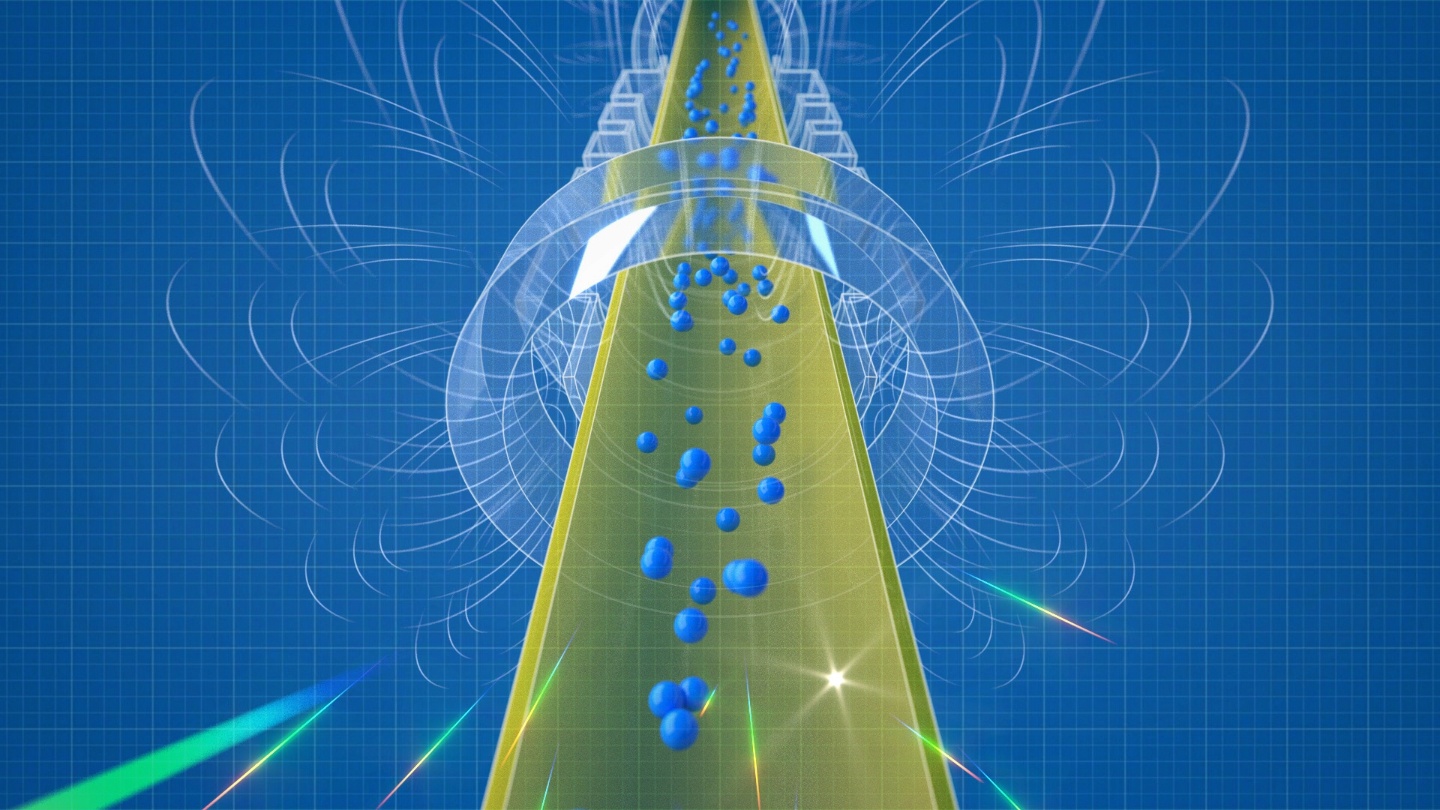It’s a basic fact we’ve all learned in school. Drop any object, be it a baseball, feather, or cat, and it will fall toward the Earth at exactly the same rate. The cat will fortunately land on its feet thanks to a bit of feline grace, but the point is that everything falls at the same rate under gravity. It doesn’t matter what an object is made of, or how heavy it is. While we’ve all been taught this fact, calling it a fact was, until recently, a bit of a lie.
In physics, this fact is known as the equivalence principle, and it is the fundamental tenet of gravitational models. Galileo is rumored to have demonstrated it by dropping things off the Tower of Pisa, and astronauts demonstrated it by dropping hammers and feathers on the Moon. Every experiment we’ve done confirms the effect. So calling it a fact seems pretty reasonable. Except all of our experiments have only been done with objects made of matter. If we had baseball, feather, or cat made of antimatter, would they also fall down at the same rate? You might think the answer is obviously yes, but there are some real physical arguments that the answer could be no. In fact, one could argue that antimatter should fall up.
Antimatter was first discovered in 1932 when physicist Carl D. Anderson discovered anti-electrons, now known as positrons. According to quantum physics, antimatter particles are the symmetrical twins of regular matter particles, but with opposite “charge.” For electrons, this simply means that positrons have a positive electrical charge instead of a negative one. The antimatter twins of the quarks that make up protons and neutrons have an opposite electrical charge, but also opposite strong force charge. So instead of the strong force red, green, or blue charge, anti-quarks have anti-red, anti-green, or anti-blue charge. This charge symmetry between matter and anti-matter has long been confirmed in particle physics.

But it does raise an interesting question: is gravitational mass a charge?
By one argument it should be. If gravity is a fundamental force, just like strong, weak, and electromagnetic forces, then mass should be a charge. And if that’s the case, then since regular matter has a positive gravitational mass, antimatter should have a negative gravitational mass. So, an antimatter baseball placed in the gravitational field of regular matter Earth should be repelled, not attracted. Anti-baseballs should fall up.
By another argument, gravity isn’t a charge. Einstein’s theory of general relativity asserts that gravity is an effect of warped space and time. All objects, regardless of their inertial mass, follow a geodesic path through spacetime. So matter and antimatter should fall at exactly the same rate. If they don’t, then general relativity is fundamentally wrong, and so far every experiment confirms general relativity.
Of course, the resolution to this paradox is to simply do the experiment. Make some antimatter and drop it. Easier said than done. Although we’ve been able to create antimatter for decades, most of it has been created at high energy. And the antimatter we make has an electric charge, making it nearly impossible to study its gravitational effects. So for years, the challenge has been to make sufficient quantities of anti-hydrogen. That is an anti-proton bound to a positron. This requires creating both positrons and anti-protons and then cooling them to the point where they can bond. About 10 years ago we finally started to get pretty good at this, making and trapping a few atoms of anti-hydrogen. In the past few years, we’ve finally been able to create the kind of ultracool anti-hydrogen that could be used in gravity experiments.
This latest study is the culmination of all this work. The team looked at anti-hydrogen atoms confined at a temperature equivalent to 0.5 Kelvin using the ALPHA-g experiment at CERN. To measure their fall under gravity, the team gradually weakened the magnetic bottle which confined them, to see if they escaped the confinement region. By varying the strength of magnetic confinement, they were able to test whether anti-hydrogen falls downward like regular matter, upwards in opposition to regular matter, and even if Earth’s gravity has no effect on anti-hydrogen.

What they found was that antimatter most definitely does not fall up. It falls downward like regular matter. To the limits of their experiment, anti-hydrogen falls downward at the same rate as regular matter. Granted, those limits are fairly weak. Regular matter falls near the Earth downward at 1 g = 9.8 m/s. This experiment confirmed that anti-hydrogen falls downward at somewhere between 0.46 g and 1.04 g. So perhaps there is some complex quantum gravity effect that causes antimatter to fall slightly slower than regular matter, but there’s no reason to presume that is true. Future experiments will be more precise, so if there is such a quantum gravity effect it will be discovered.
While this experiment proved what most physicists expected, it is a big experimental leap forward. It disproves the negative mass idea, meaning that it rules out all the alternative cosmological models that use negative mass to explain things such as cosmic expansion. This not only supports the standard cosmological model, but also reinforces that Einstein’s general relativity is correct and that gravity is fundamentally different from the strong, weak, and electromagnetic forces.
So now we know, both matter and anti-matter cats fall downward when released near the Earth. Future experiments will need to determine whether anti-matter cats, like our common feline friends, also land on their feet.
Reference: Anderson, E. K. et al. “Observation of the effect of gravity on the motion of antimatter.” Nature 621 (2023): 716–722

